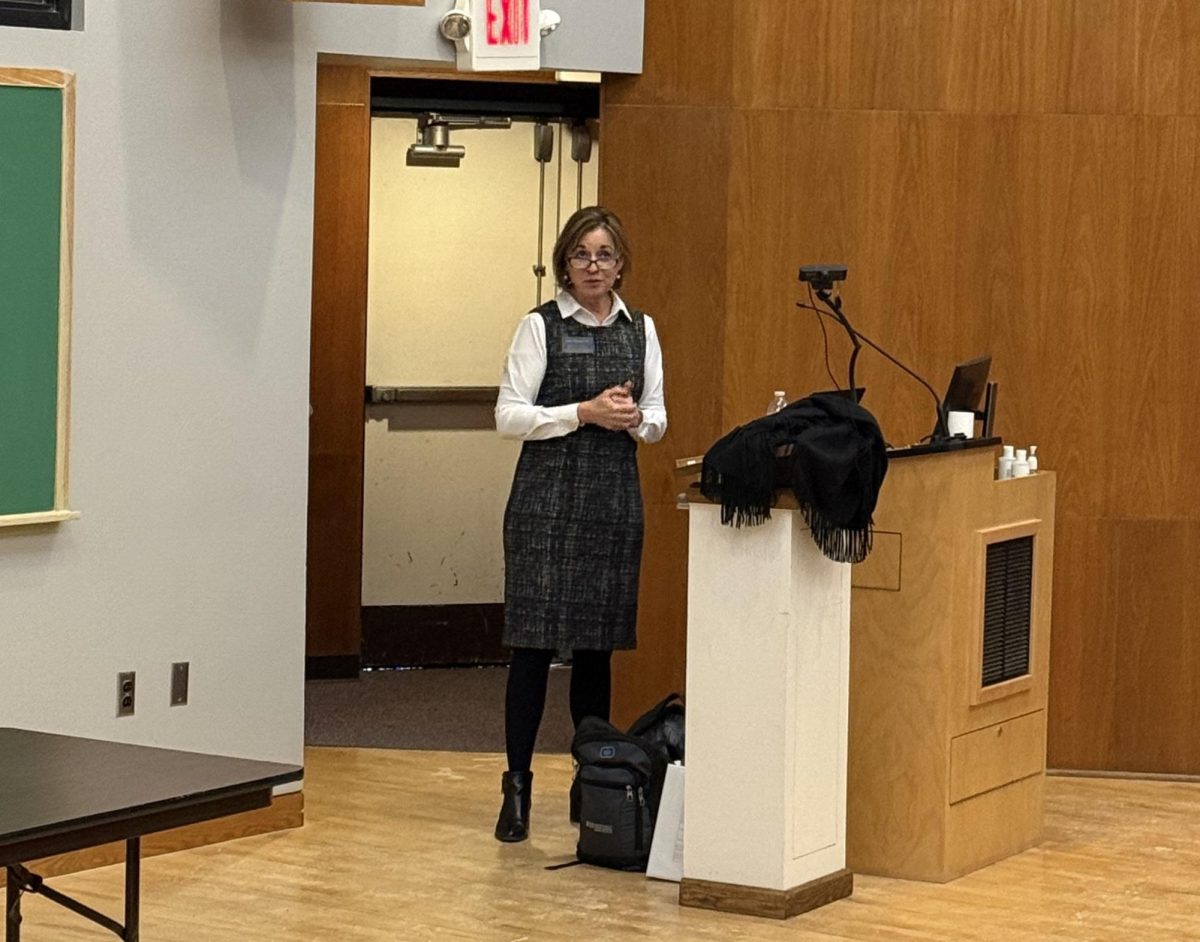While most college students have horror stories about failed exams or unreasonable roommates, not too many have to deal with fungus growing in their dorm room. But sophomore Christina Moreschi does.
Moreschi, ’12, who lives in Caflisch Memorial Hall, recently found dark green and black colored mold growing on the wall behind her and her roommate’s bunk bed. She then alerted her residential advisor, Maggie Rich, ’11, and called the Caflisch area coordinator Lisa Hardej to discuss potential remedies to the situation.
Moreschi first noticed the problem one evening at around 1 a.m. Because she was hosting a prospective Allegheny student at the time, she simply cleaned the mold off the wall with antibacterial wipes so as not to attract attention to the problem.
“My mom came up the next day with a mold and mildew remover and cleaned it off the wall more,” said Moreschi. “She joked that the whole other side of the wall is probably covered in mold.”
According to Moreschi, Hardej wants to bring physical plant and housekeeping workers in together over break in order to “check the walls for mold on the inside, not just the outside.”
While mold spores drift through the air continuously, the spores begin to grow and develop when they land on damp spots. Moreschi said the wall with mold in her dorm room “sweats.”
As stated by the Pennsylvania Department of Health, individuals exposed to fungi in indoor environments “commonly complain of symptoms similar to what is seen with the ‘common cold.’” Moreschi, who is allergic to mold, said she was feeling congested and had a sore throat.
As mold poses a health issue to residents, Rich is taking the situation very seriously.
“Mold isn’t something to mess around with,” said Rich. “Especially when someone’s health is at risk.”
Moreschi and her roommates were given the option of temporarily moving out of their Caflisch dorm, but they have declined. Hardej also offered the girls the chance to store items in the basement.
Having learned of Moreschi’s predicament, other Caflisch residents had sympathetic opinions about the mold in the building.
“It’s a terrible situation,” said Arthur Smith, ’12. “I would be upset if it was in my room too.”
For more information on mold in residential facilities, individuals should consult the Environmental Protection Agency Web site at www.epa.gov.








